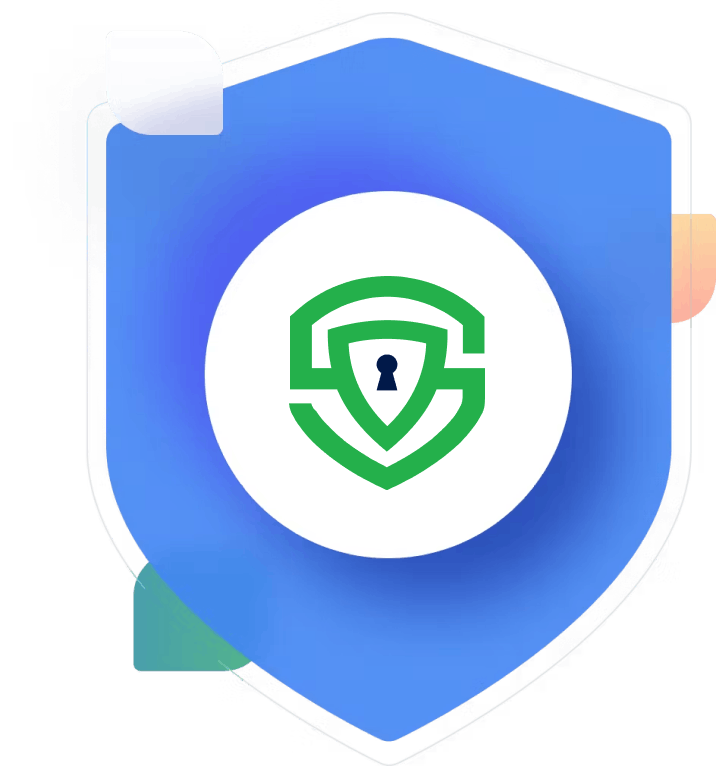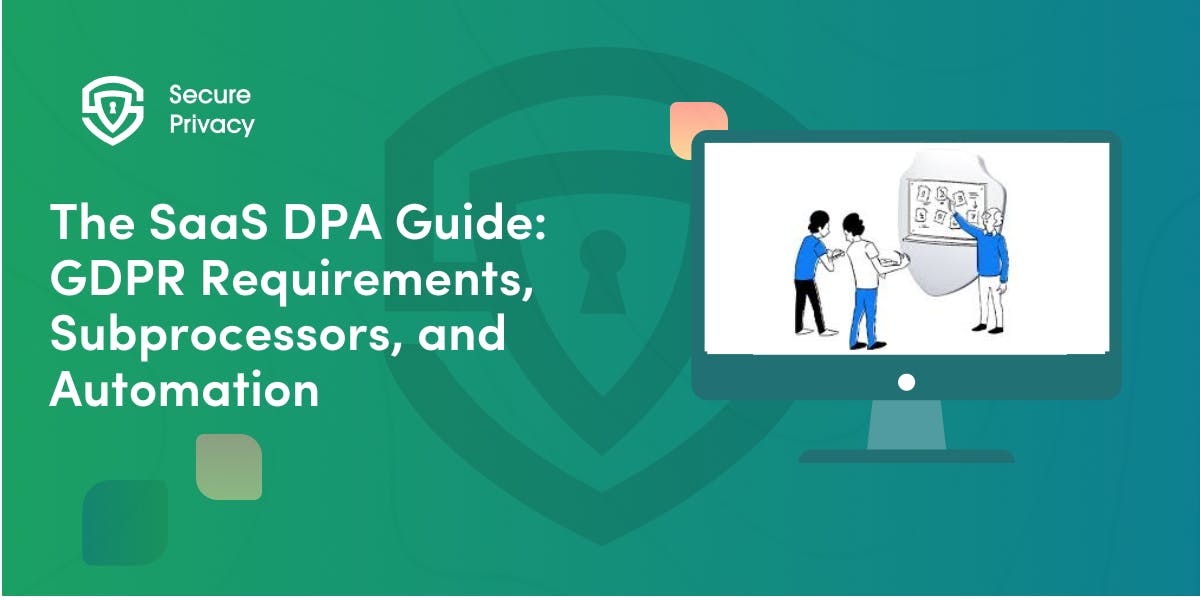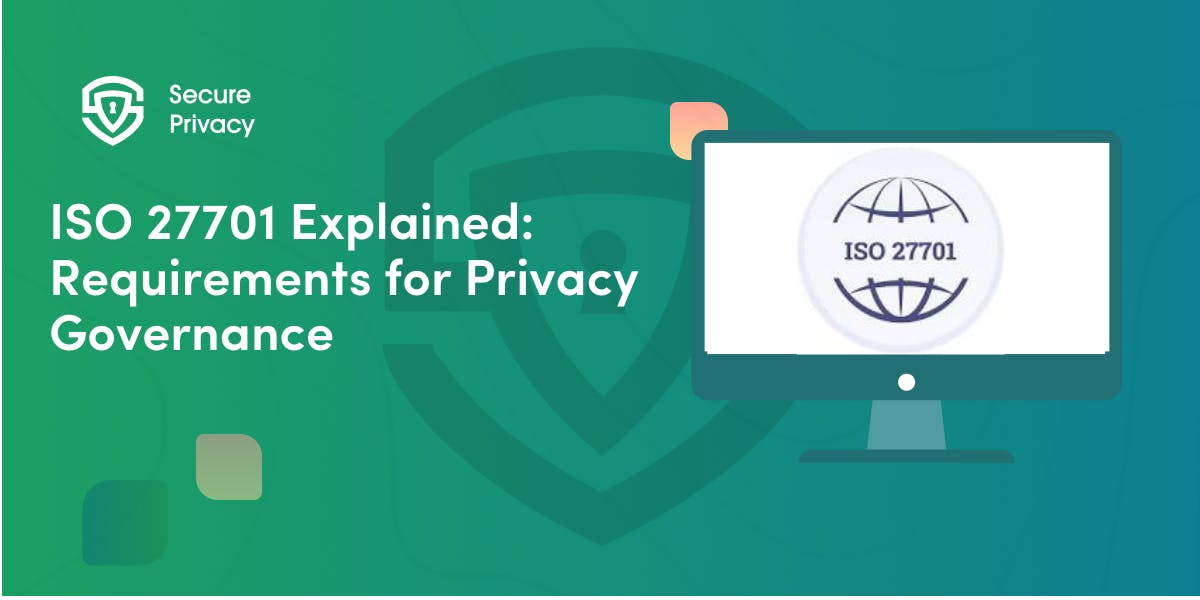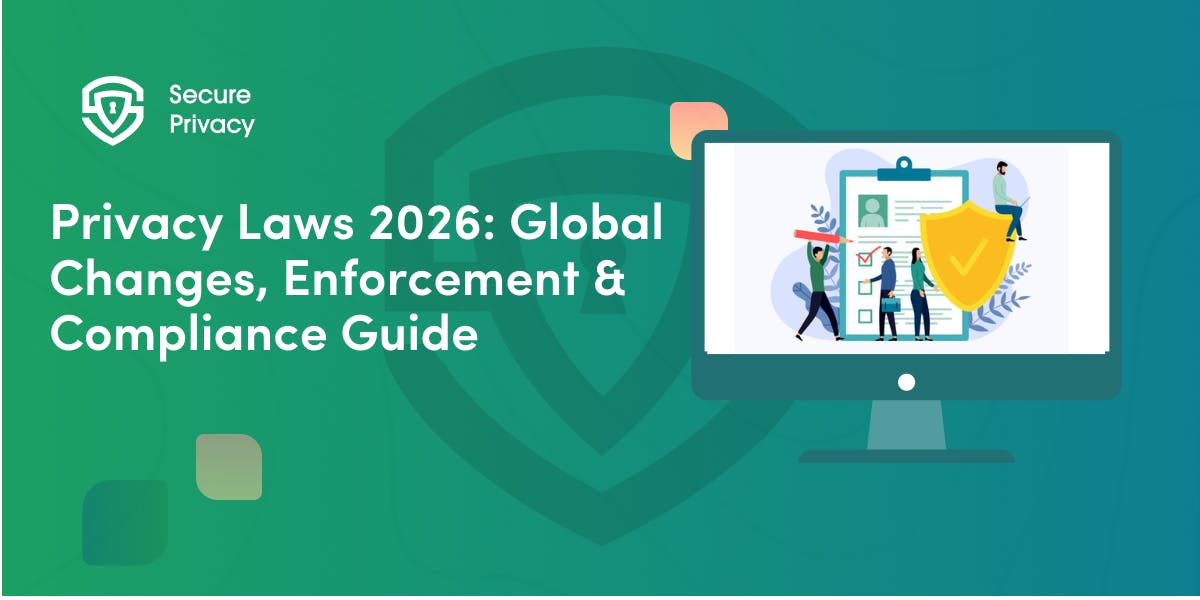Cookie Consent Automation: A Complete Guide for Businesses
Your website uses 47 tracking cookies. New ones appear every week as marketing implements new tools. Your legal team manually updates cookie policies monthly. Users complain about confusing consent banners. Meanwhile, GDPR penalties for consent violations can reach €20 million, and regulators are intensifying scrutiny of manipulative cookie banner design.
Cookie consent automation transforms this reality by automatically detecting, categorizing, and managing cookies while maintaining regulatory compliance across GDPR, CCPA, and global privacy frameworks. Agencies need to scan hundreds of websites monthly. Organizations implementing comprehensive automation report 60-80% reduction in compliance workload, 93.7% accuracy in cookie identification, and conversion rate increases of 15-20% through optimized consent experiences.
This guide explains how cookie consent automation works, which tools deliver the best results, and how to implement automated systems that balance compliance with user experience and business objectives.

Prioritizing user privacy is essential. Secure Privacy's free Privacy by Design Checklist helps you integrate privacy considerations into your development and data management processes.
What Is Cookie Consent Automation?
Cookie consent automation encompasses the technology and processes that enable websites to automatically detect cookies, collect user consent, and enforce privacy preferences in real-time without manual intervention. The system combines automated scanning that identifies tracking technologies, intelligent categorization that classifies cookies by purpose and legal basis, consent collection interfaces that capture user preferences, and enforcement mechanisms that block non-essential cookies until consent is granted.
Traditional manual cookie management becomes unwieldy as organizations operate hundreds of websites with constantly changing tracking technologies. Marketing teams add new analytics tools, advertising platforms update tracking methods, and third-party integrations introduce cookies without privacy team awareness. Manual approaches cannot scale to this complexity while maintaining compliance.
Why automation matters: The consent management market is projected to grow from $0.5 billion in 2025 to $1.4 billion by 2035 at 10.3% CAGR, driven by expanding regulatory requirements across 28+ global privacy laws. Organizations face not just regulatory compliance but user trust imperatives—75% of consumers consider data protection important when choosing digital services.
Modern automation platforms scan websites monthly to detect new cookies, use AI to categorize them by purpose, generate updated privacy policies automatically, and enforce consent preferences across all tracking technologies in real-time. This systematic approach reduces manual effort while improving compliance accuracy and user experience.
Understanding Cookie Consent Regulations
GDPR and ePrivacy Directive Requirements
GDPR mandates explicit consent before placing non-essential cookies, requiring that consent be freely given, specific, informed, and unambiguous. The regulation prohibits pre-checked boxes, cookie walls that block access, and other manipulative practices. Organizations must provide granular consent options allowing users to accept or reject different cookie categories independently.
Critical GDPR requirements include prior blocking of non-essential cookies until consent is obtained, equal prominence for accept and reject options in consent banners, easy consent withdrawal mechanisms accessible from any page, and comprehensive consent records including who consented, when, what information was provided, and how consent was obtained.
The ePrivacy Directive (Cookie Law) works alongside GDPR to specifically address electronic communications privacy. It requires websites to obtain user consent before storing or accessing information on users' devices, with exceptions only for cookies strictly necessary for service delivery. The directive's enforcement has intensified, with data protection authorities conducting systematic audits of cookie practices and issuing substantial fines for violations.
Recent enforcement actions demonstrate regulatory seriousness. The Swedish Data Protection Authority issued formal notices against manipulative cookie banner designs that make rejection harder than acceptance. The French CNIL has sanctioned multiple organizations for dark patterns in consent interfaces, including hidden reject buttons, confusing language, and consent walls. These enforcement trends signal that technical compliance alone is insufficient—regulators now examine actual user experiences to ensure consent is genuinely voluntary.
CCPA and Global Cookie Consent Frameworks
CCPA operates under fundamentally different principles, requiring opt-out rather than opt-in consent for personal information sale and sharing. Organizations must provide "Do Not Sell or Share My Personal Information" links and honor Global Privacy Control signals automatically.
The California Privacy Rights Act (CPRA) expanded CCPA requirements in 2023, introducing new categories like "sharing" that trigger disclosure and opt-out requirements. Organizations must now distinguish between selling personal information and sharing it for cross-context behavioral advertising, both requiring consumer opt-out mechanisms. These nuances make manual compliance increasingly complex, strengthening the business case for automation.
Emerging frameworks in Brazil (LGPD), South Africa (POPIA), India (DPDP), and other jurisdictions create complex multi-regulation compliance requirements. Each framework has unique characteristics—LGPD follows GDPR principles closely but with different enforcement mechanisms, while India's framework emphasizes consent notices and data fiduciary obligations. Automation becomes essential for managing different consent models across jurisdictions—GDPR's opt-in for Europe, CCPA's opt-out for California, and various frameworks elsewhere—all from a single technical implementation.
The regulatory landscape continues evolving rapidly. The European Commission is considering omnibus cookie consent reform that could fundamentally change how organizations collect consent by 2026. Privacy Sandbox initiatives from browser vendors aim to eliminate third-party cookies entirely, requiring new approaches to advertising measurement and attribution. Organizations implementing cookie consent automation must select platforms with flexible architectures that can adapt to these regulatory and technological shifts without requiring complete reimplementation.
Key Features of Cookie Consent Automation Tools
Cookie Detection and Categorization
Automated scanners identify all cookies and tracking technologies across websites, including first-party cookies from your domain, third-party cookies from external services, and tracking pixels, local storage, and session storage. Leading platforms achieve 93.7% accuracy in cookie identification, significantly outperforming manual approaches.
AI-powered categorization classifies cookies by purpose: strictly necessary for site functionality, analytics and performance measurement, functionality and personalization, marketing and advertising, and unclassified or unknown cookies requiring manual review.
Customizable Consent Banners
Modern platforms provide template libraries with pre-designed banners meeting regulatory requirements, visual customization tools for brand consistency, A/B testing capabilities for conversion optimization, and geo-targeting that displays appropriate banners based on user location and applicable regulations.
Customization extends to multi-language support for international operations, mobile-responsive designs that work across devices, and adaptive interfaces that adjust based on user behavior and preferences.
Automatic Cookie Blocking
Prior blocking prevents non-essential cookies from loading until explicit user consent. Automation platforms inject blocking scripts that intercept cookie-setting code, hold marketing and analytics tags until consent is granted, and immediately enable approved technologies when users opt in.
This technical enforcement ensures compliance rather than relying on honor systems or manual coordination with marketing teams implementing tracking technologies.
Consent Logs and Reporting
Comprehensive audit trails capture every consent interaction including user identifiers, consent timestamp, banner version displayed, specific choices made, IP address and location, and browser and device information.
Automated reporting generates compliance documentation for regulatory audits, consent rate analytics for optimization, and privacy policy updates reflecting current cookie usage.
Integration with Compliance Ecosystems
Leading platforms integrate with Google Consent Mode v2 for advertising and analytics, major tag management systems for centralized control, marketing automation platforms, and data subject request systems for coordinated privacy management.
Top Cookie Consent Automation Tools
CookieYes provides user-friendly automation with automatic monthly scanning, customizable banners and preference centers, detailed consent logs and analytics, and affordable pricing for small to mid-sized businesses.
Termly focuses on straightforward compliance with automatic cookie blocking, consent log maintenance, and automated policy generation covering GDPR and CCPA requirements.
Cookiebot emphasizes technical accuracy with deep Google Consent Mode v2 integration, comprehensive cookie categorization, and extensive compliance documentation.
Secure Privacy offers automated consent management with monthly website scanning, AI-powered cookie categorization, Google Consent Mode v2 support, customizable consent banners, and SOC 2-certified platform security. Ideal for organizations requiring certified compliance infrastructure.
Best Practices for Implementation
Clear and Transparent Communication: Use plain language explaining what cookies do and why you use them. Avoid technical jargon and legal terminology that confuses users. Provide specific examples of cookie purposes rather than vague descriptions.
Granular Consent Options: Offer category-level controls allowing users to accept analytics while declining advertising cookies. Separate strictly necessary cookies from optional categories. Never bundle unrelated purposes requiring independent consent choices.
User-Friendly Interface: Design banners that don't block content unnecessarily, provide equally prominent accept and reject options, use clear action buttons with descriptive labels, and enable one-click consent withdrawal from any page.
Regular Scanning and Updates: Schedule monthly automated scans to detect new tracking technologies. Set up alerts when new cookies appear requiring policy updates. Review and update cookie descriptions regularly.
Compliance with Regional Laws: Implement geo-aware consent mechanisms displaying appropriate interfaces based on user location. Configure different consent models for GDPR territories versus CCPA jurisdictions. Maintain compliance documentation for multiple regulatory frameworks.
Impact on User Experience and Conversion Rates
Balancing Compliance and Experience: Well-designed consent automation improves both compliance and user experience. Research shows that transparent, straightforward consent interfaces build user trust, even when some users reject cookies. Organizations report 15-20% conversion rate increases through optimized consent experiences that respect user autonomy.
However, dark patterns that manipulate users toward acceptance create regulatory risk. Swedish and French authorities have issued formal notices against manipulative cookie banners using techniques like hiding reject options, making acceptance easier than rejection, using confusing language, or repeatedly displaying banners after rejection.
Optimization Strategies: Test banner designs for clarity and accessibility. Monitor consent rates by category to identify user preferences. Use analytics to understand how consent choices affect user behavior. Balance business objectives with ethical design principles that facilitate genuine choice.
Organizations achieving consent rate improvements of 30-70% through optimization must ensure improvements come from clearer communication rather than manipulation. Equal button sizing and prominence for accept and reject options reduces consent rates but increases user trust and long-term engagement.
Frequently Asked Questions
What is cookie consent automation? Cookie consent automation uses software to automatically detect cookies on your website, categorize them by purpose, collect user consent through customizable banners, and enforce privacy preferences in real-time by blocking non-consented cookies.
Why is cookie consent automation important? Automation ensures regulatory compliance across GDPR, CCPA, and global frameworks while scaling to complex multi-site operations. It reduces manual compliance work by 60-80%, improves cookie identification accuracy to 93.7%, and enables systematic optimization of consent experiences.
How do I implement cookie consent automation? Select a certified platform matching your needs, integrate the provided code snippet into your website, configure consent banner design and preferences, set up automated monthly scanning, and monitor consent rates and compliance status through provided dashboards.
What are the best cookie consent automation tools? Leading tools include OneTrust (enterprise scale), CookieYes (user-friendly mid-market), Termly (straightforward compliance), Cookiebot (technical accuracy), and Secure Privacy (SOC 2-certified). Selection depends on organization size, technical requirements, budget, and integration needs.
How does automation impact user experience? Well-implemented automation improves experience through clear consent interfaces, faster page loads via efficient cookie blocking, and consistent privacy controls across all pages. Organizations report 15-20% conversion improvements through optimized consent experiences that build user trust.
Transform Cookie Consent into Competitive Advantage
Cookie consent automation has evolved from compliance checkbox to strategic capability enabling organizations to balance privacy requirements with business objectives. The technology delivers measurable benefits through reduced compliance costs, improved regulatory protection, enhanced user trust, and optimized conversion rates.
Success requires selecting comprehensive platforms that automate detection and categorization, provide customizable user interfaces, enforce consent in real-time, maintain comprehensive audit trails, and integrate with existing marketing technology. The implementation must balance compliance rigor with user experience optimization, avoiding manipulative design while achieving business objectives.
Secure Privacy offers SOC 2-certified cookie consent automation designed for organizations requiring enterprise-grade compliance infrastructure. Our platform combines automated monthly scanning, AI-powered categorization, Google Consent Mode v2 integration, and customizable consent interfaces with the security standards privacy-conscious organizations demand.
Schedule a demo to see how Secure Privacy automates cookie consent while maintaining the transparency and user control that build lasting customer trust, or explore our consent management solution to learn how leading organizations transform privacy compliance into competitive advantage.
Your users deserve privacy protection that works seamlessly. Choose automation that respects user autonomy while simplifying compliance.
Get Started For Free with the
#1 Cookie Consent Platform.
No credit card required

The SaaS DPA Guide: GDPR Requirements, Subprocessors, and Automation
Your enterprise deal stalled in legal review for three weeks while procurement demands a comprehensive data processing agreement, your legal team scrambles to understand GDPR requirements, and your sales team watches the quarter-end deadline approach with increasing anxiety.
- Legal & News
- Data Protection

ISO 27701 Explained: Requirements for Privacy Governance
Privacy teams face mounting pressure. Regulators demand proof of systematic data protection. Customers expect transparency. Board members want assurance that privacy risks won't derail operations.

Privacy Laws 2026: Global Changes, Enforcement & Compliance Guide
Privacy regulations multiply faster than compliance teams can track them. Three new U.S. state laws take effect. The EU AI Act reaches full enforcement. India's DPDP Act enters its critical phase.
